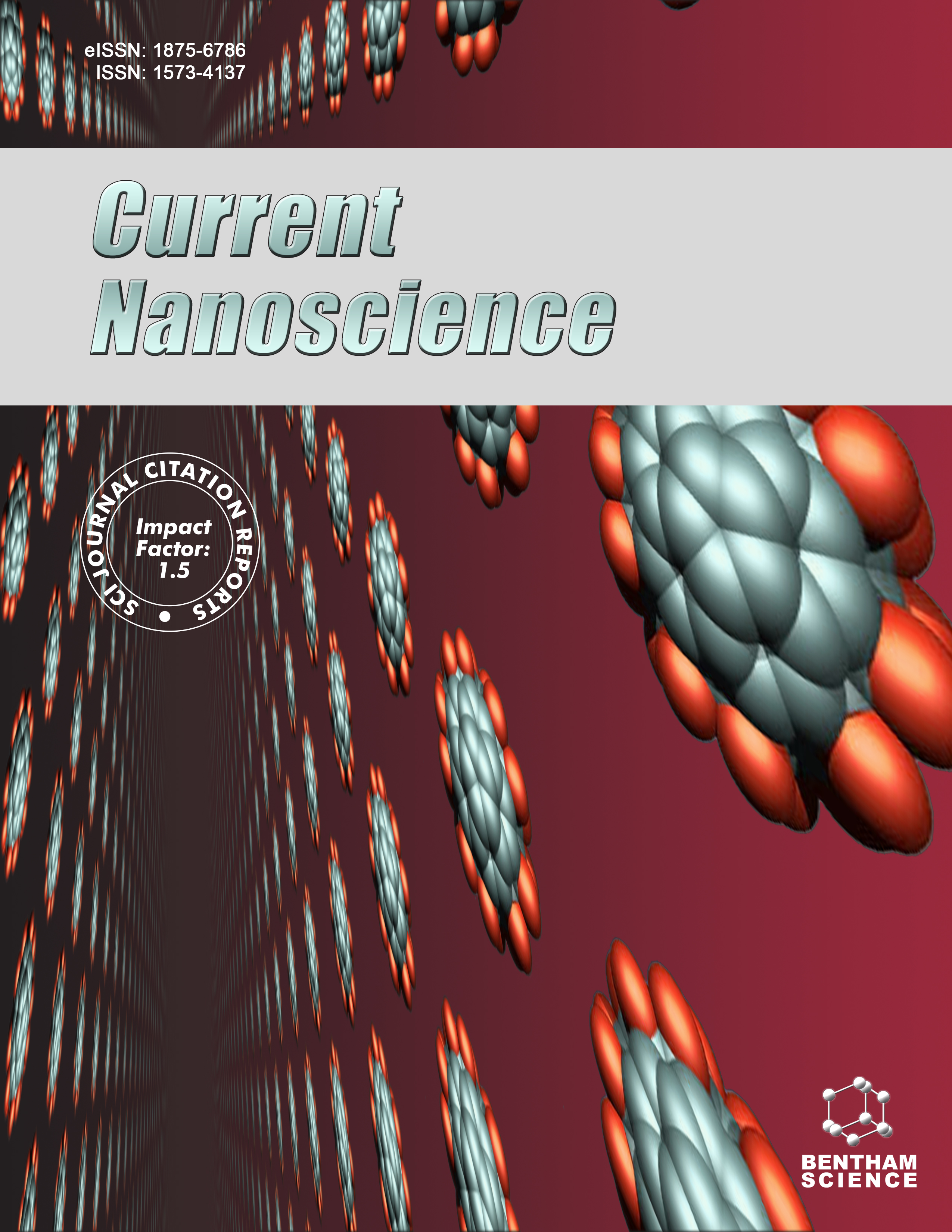
Full text loading...
We use cookies to track usage and preferences.I Understand

Recent advancements in electrochemical sensing have significantly improved the detection of vanillin, an essential flavor compound in food products. This review discusses notable innovations, including developing 3D hybrid sensors that combine Silver-Palladium (Ag-Pd) bimetallic nanoparticles with graphene oxide. These sensors offer a broad detection range, low detection limits, and high recovery rates. Other advancements feature carbon paste electrodes (CPE) modified with cadmium oxide nanoparticles and single-walled carbon nanotubes, manganese dioxide nanowire hybrid electrodes with reduced graphene oxide, and various nanocomposite sensors such as poly (glutamic acid) with multiwalled carbon nanotubes and molybdenum disulfide-polyaniline-graphitic carbon nitride. These technologies demonstrate exceptional sensitivity, selectivity, and reliability, with detection limits as low as 0.0032 μM and broad dynamic ranges. These technologies' superior sensitivity and reliability should reassure and instill confidence in the potential of electrochemical sensing in vanillin detection. Despite these improvements, several challenges persist, including issues related to long-term stability, reproducibility, specificity in complex real-world samples, and scalability for commercial production. Addressing these challenges is essential for advancing the practical application of electrochemical sensors in vanillin detection. Future research is crucial to address these challenges and further enhance the field of electrochemical sensing. Future research should focus on improving sensor durability, expanding testing across diverse matrices, and exploring cost-effective manufacturing methods to ensure these advanced sensors can be widely implemented in food safety and quality control.

Article metrics loading...

Full text loading...
References


Data & Media loading...